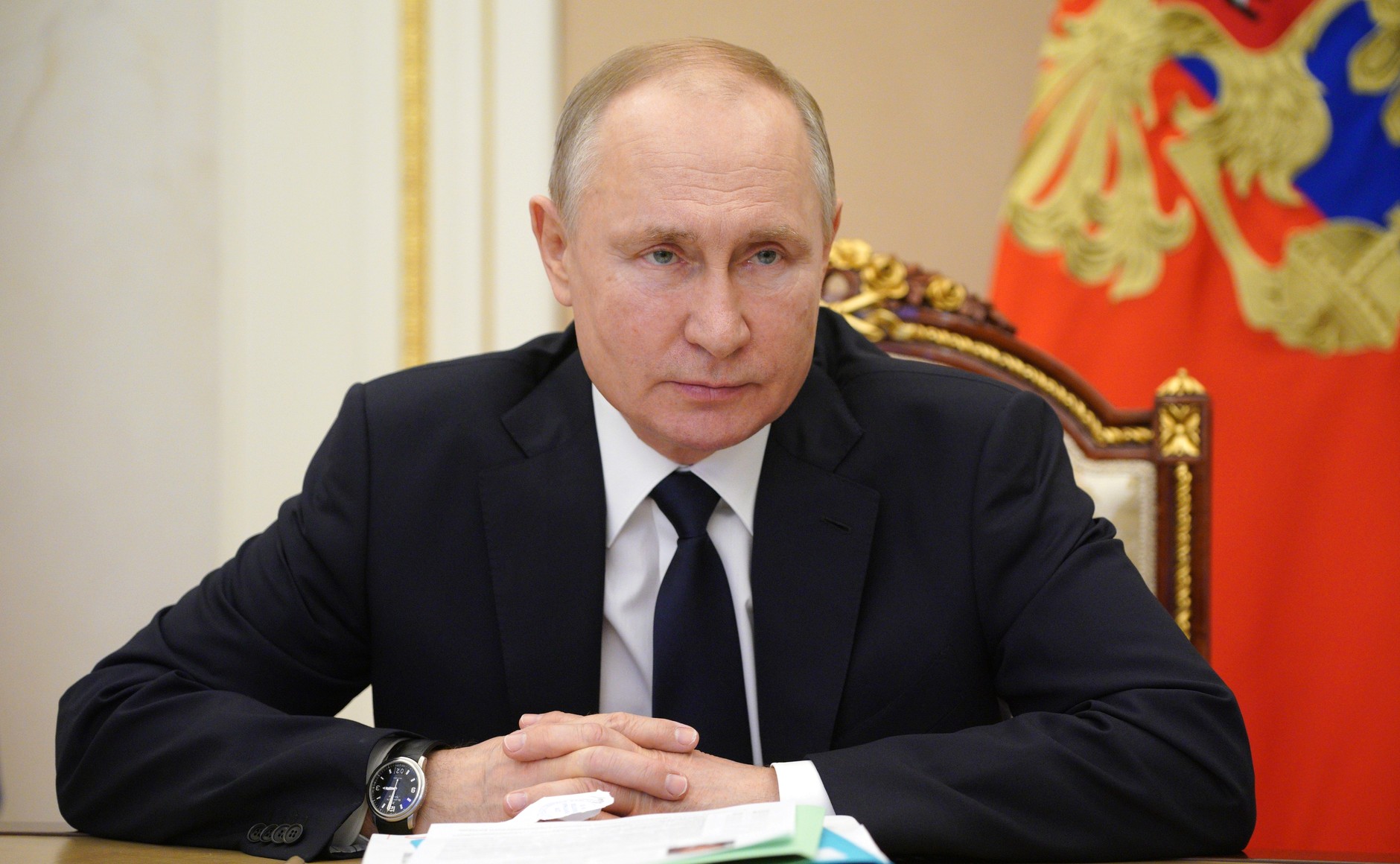Rare earths and metals: why Russian railways threaten European industry

European industry (even defense) depends on Chinese rare earths. Who arrive at their destination crossing Russia on board trains. All the details and the risks for Brussels
More than 90 percent of Europe's rare earths, a group of seventeen elemental metals needed to produce electronic devices, cars, wind turbines and weapon systems, come from China. But the European Union's dependence on a potentially hostile nation is actually double: in fact, a large part of Chinese rare earths reaches the Old Continent via Russia, on board trains.
CHINESE RARE EARTHS ON RUSSIAN TRAINS
Russian Railways transported 36,074 tons of Chinese rare earths in the first nine months of 2022, more than double the volume for the whole of 2021, according to a Bloomberg survey. fifth, reaching 377 million euros.
Despite the economic-energy detachment following the invasion of Ukraine, Russia – with its railways – remains fundamental for European industry, even for strategic sectors such as defense. Not surprisingly, the European Union has specified that goods transiting through Russian territory are not subject to sanctions.
FIGURES AND ADVANTAGES OF EU-CHINA RAILWAY TRADE
Trade by rail represents a small fraction, 3 or 4 per cent, of the total volume of trade between the European Union and China, much of which takes place by sea. Nonetheless, it retains its importance: a freight train from Wuhan in central China takes just sixteen days to cross Russia and reach Duisburg, an important industrial and iron and steel hub in western Germany. A cargo ship could take twice as long to complete the Asia-Northern Europe journey.
THE TREATS
Rail trade from China to Europe can take different paths. The northern section is the one that has grown the most in terms of volumes since 2016: in 2021 it reached 692,500 twenty-foot equivalent units (TEU), the standard measure of container length. Since the Russian invasion of Ukraine, however, there has been a slump: 187,000 TEU of goods were transported between January and April 2022, European Union figures say.
The central and southern corridors cannot replace the northern one, because they do not have sufficient transport capacity or are not yet fully developed. According to Bloomberg , this situation may become a problem for the European Union in the medium to long term but not immediately, given that most of the crucial goods are not subject to sanctions.
ENTROWING SUPPLY CHAINS BETWEEN ADVERSARY COUNTRIES? IT'S NOT NEW
As explained by Rafael Loss, military trade expert at think tank ECFR, it is not so uncommon for the supply chains of two opposing countries to be intertwined. During World War II, for example, Japan used US scrap metal for its navy; in the Cold War, Soviet supplies of metals allowed Western countries to replenish their arsenals, which then pointed towards Moscow.
“What has changed since the Cold War era,” explained Loss, “is that the instruments of economic coercion have become more important in managing the competition” between two countries. "It's not always clear whether they achieve the desired effect," he continues, "but they certainly have the ability to disrupt supply chains."
THE RISK OF A SLOWDOWN – OR STOP – OF CRITICAL METAL SUPPLIES
In fact, Russia could hinder rail trade between China and the European Union, blocking the approximately fifteen trains a day that travel the northern route and raising procurement costs for European importers.
Obstacles or interruptions to supplies of tungsten, for example – a metal of which China dominates the production, with a share of 83 percent of the world total -, would represent a serious problem of vulnerability for European countries. Tungsten is used in magnets, microchips, batteries and anti-tank weapons manufactured by the French Thales and the German Rheinmetall. China and Russia control almost two thirds of the identified reserves.
– Read also: Cobalt, vanadium and more: all metals (and companies) affected by the Russia-Ukraine crisis
This is a machine translation from Italian language of a post published on Start Magazine at the URL https://www.startmag.it/primo-piano/terre-rare-ferrovie-russia/ on Wed, 25 Jan 2023 07:42:20 +0000.
